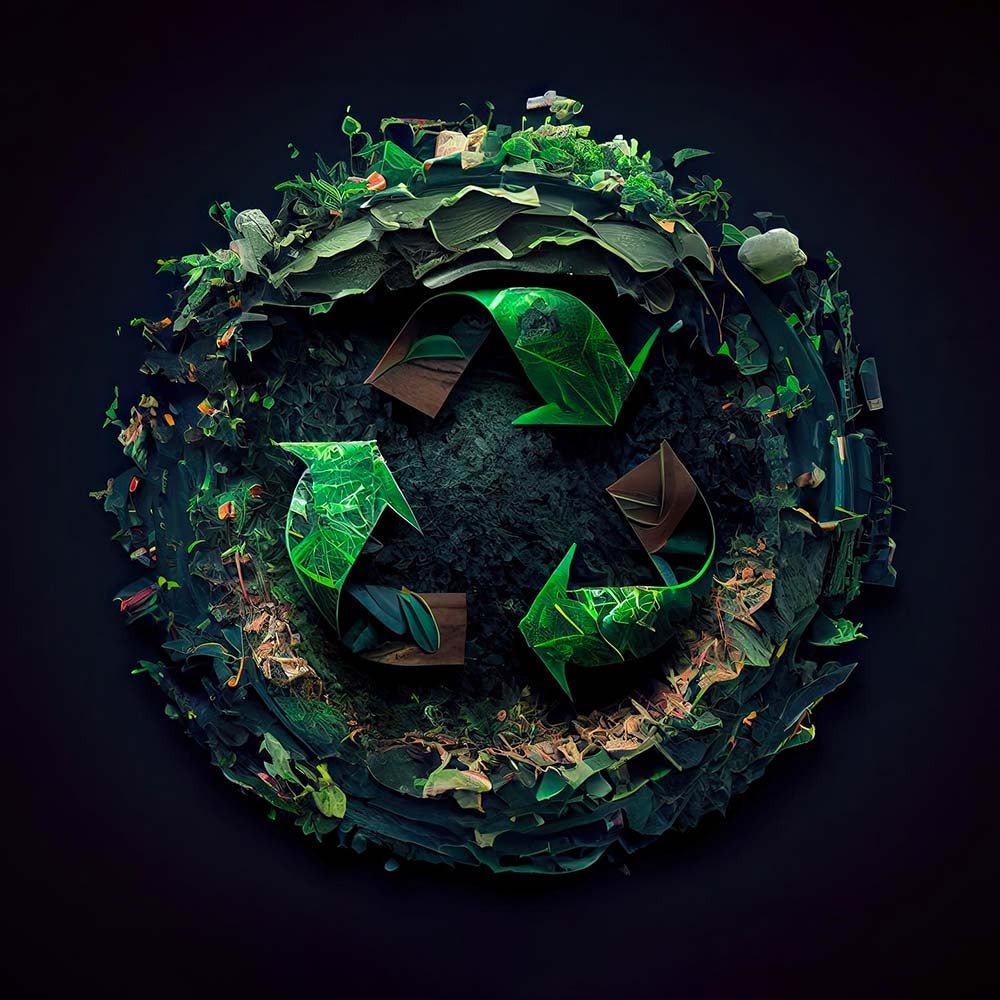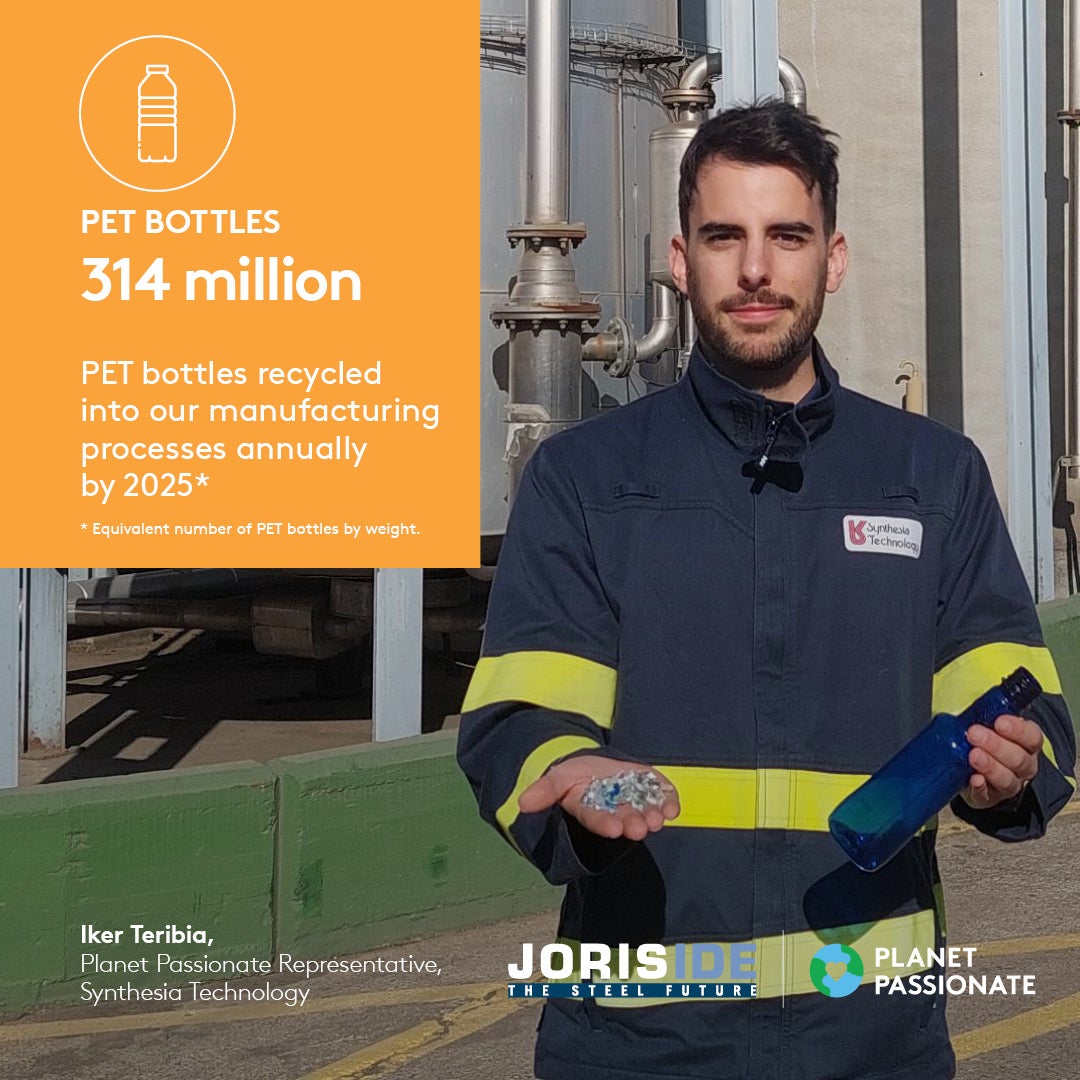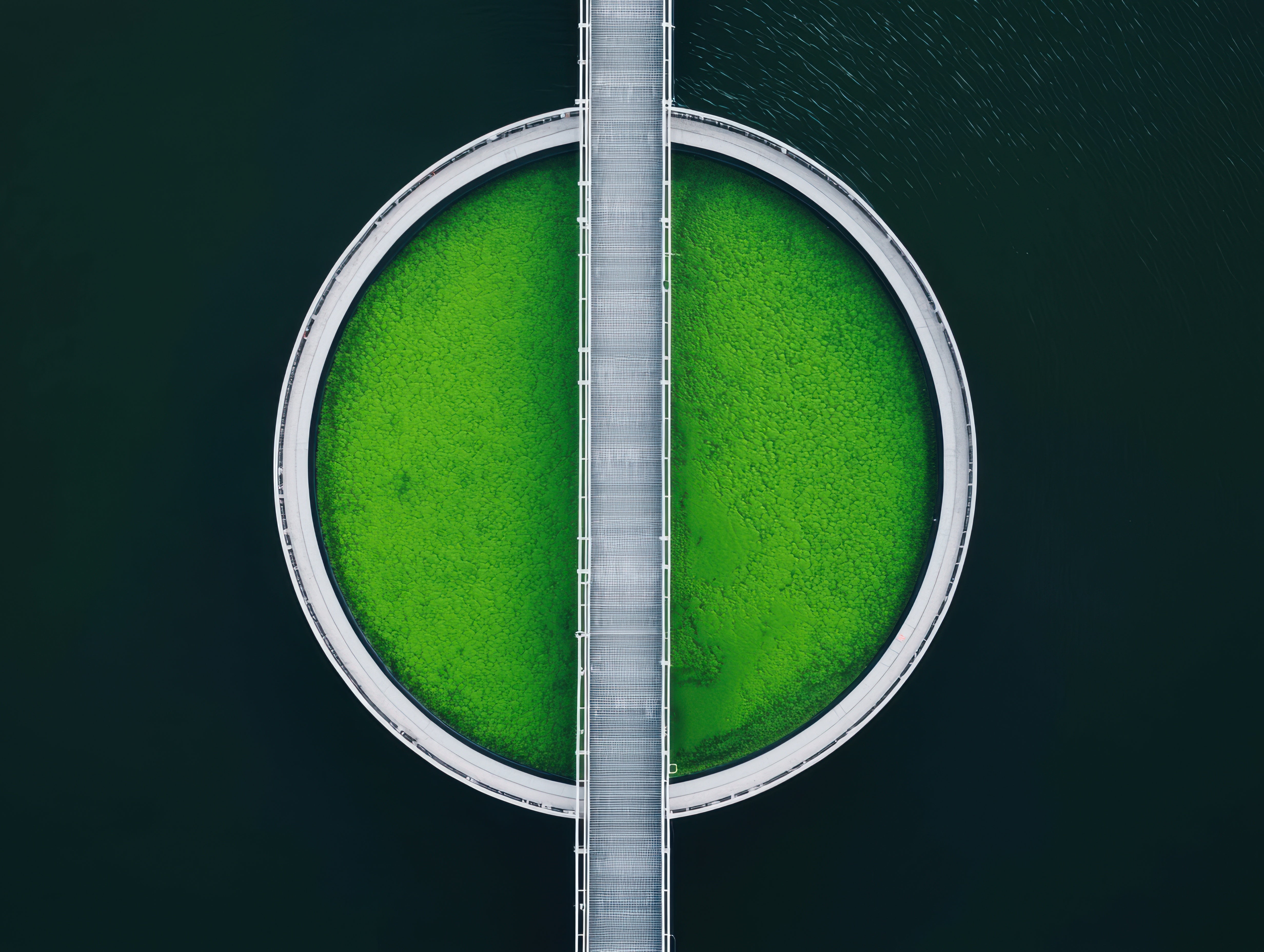
Waste to landfill
Circularity
The construction sector is the world’s largest consumer of raw materials, which means there are many opportunities to make a real environmental impact by reusing and recycling products. One of our other Planet Passionate targets is to reduce landfill waste by 99% by 2030 compared to 2020.
To achieve this, our waste is reported monthly and closely monitored. Our non-recycled waste consists of two main streams: residual waste and stone wool waste. For residual waste, we focus on better segregation and new waste processing partners, so more materials are recycled — resulting in only a very small portion still going to landfill. For stone wool waste, we collaborate with our suppliers to recycle a larger share.
To ensure proper management of the different waste fractions, correct sorting at our production sites is essential. To highlight its importance, we run various internal Planet Passionate awareness campaigns.

Recycled raw materials
Circularity
Since 2025, one of our new targets is to use 220 000 tonnes of recycled key raw materials by 2030. Below are some recycling achievements already realised in our products and packaging over the past years:
PET bottles in PIR:
Polyol, a key component in our PIR foam, has included an increased amount of recycled PET bottles since 2023. In 2024, around 314 million PET bottles were recycled into our foam.
EPS packaging:
Since 2020, we’ve been replacing EPS in our packaging with honeycomb cardboard. Honeycomb cardboard is made from recycled material and has a significantly lower environmental impact. In 2020, we changed the packaging for our panels, and in 2021, we switched to more sustainable packaging for our single skin products. By switching to honeycomb cardboard, we reduce EPS usage by 50% annually — that’s 31 000 m³ less EPS per year.

Take back schemes
Circularity
By 2030, three take-back guarantee or recycling schemes must be launched. These will ensure that our product is collected at the end of its life and (partially) recycled and/or reused. This marks a strong commitment to increasing the circularity of our products.